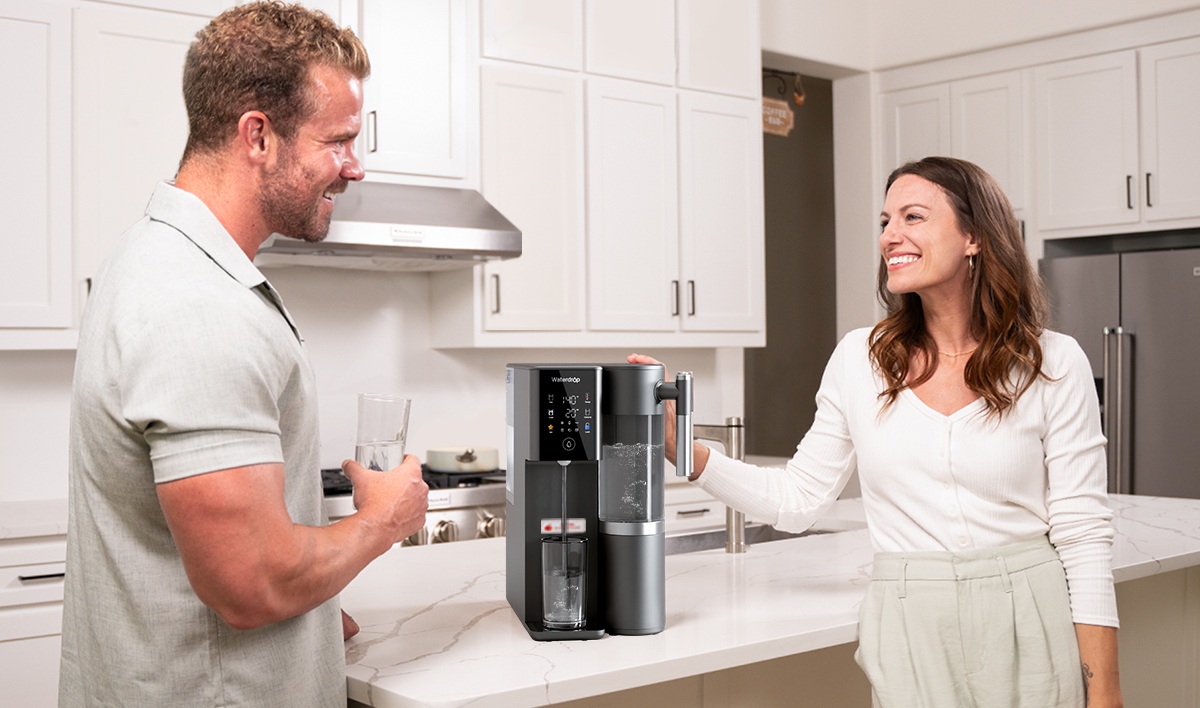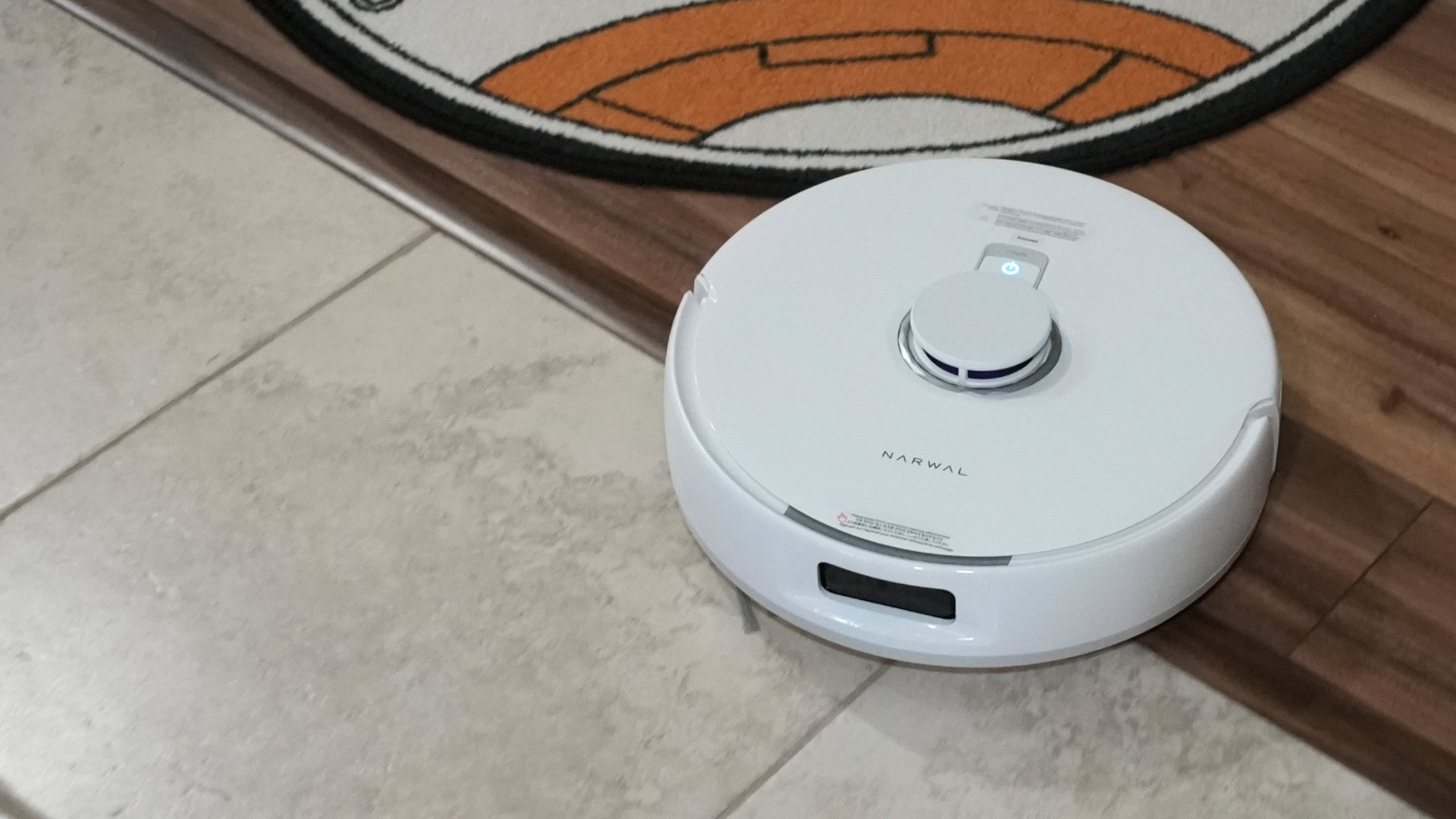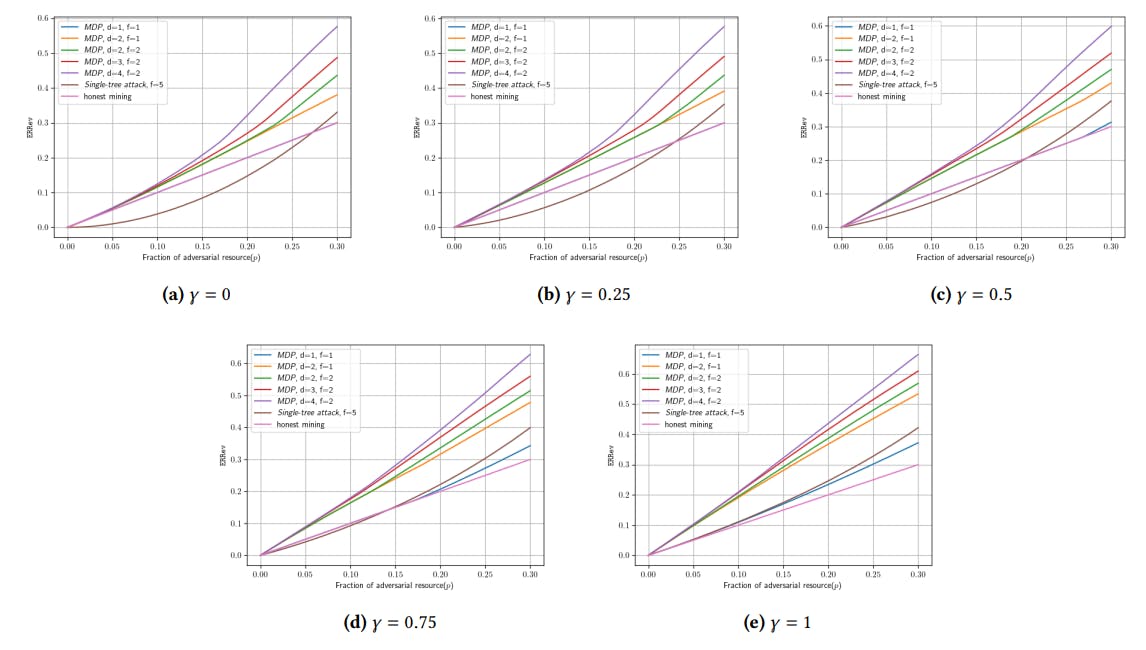Sanitation sweeps of unhoused encampments happen daily across Los Angeles, forcing residents to spend hours moving their belongings out of cleanup areas. That physical labor is exhausting. and can be especially dangerous during harsh weather.
While some protocols already exist for canceling encampment evictions during cold and rain, there are no such guidelines for extreme heat. A new motion introduced by Councilmember Eunisses Hernandez could offer some relief during high temperatures and other emergencies, like the record-breaking heatwave last September or the recent catastrophic fires that choked our city with toxic smoke. It would also mandate improved communication to unhoused residents when sweeps are canceled, enabling them to leave and seek shelter.
Community organizers and advocates hope the motion will address what they view as a glaring double standard in how the city treats housed and unhoused Angelenos during emergencies.
“Housed folks are told consistently to stay inside, close windows, don’t exert yourself, those kinds of things,” says Shayla Myers, an attorney with the Unhoused People’s Justice Project at LAFLA (Legal Aid Foundation of Los Angeles). “The fact that the city does comprehensive cleanups in these extreme weather events is exactly the opposite of the message that housed folks are getting.”
Forced To Choose Between Your Belongings And Your Health
The city’s temporary encampment eviction program is CARE+ (Cleaning And Rapid Engagement). LA Sanitation schedules the operations at the behest of City Councilmembers, who have tremendous discretion about how and when such sweeps are conducted in their districts.
While city officials claim CARE+ is necessary for removing trash and keeping streets safe, critics have long argued they are cruel and ineffective.
“Sweeps put people in jeopardy,” says Myers. “They harm them, traumatize them. They don’t actually address any of the public health and safety justifications that the city gives for doing the cleanups. From a public health and policy perspective, they’re abysmal and blatantly unconstitutional.”
On sweep days, CARE+ crews typically mark the perimeter of a cleanup area with yellow caution tape and give encampment residents a set amount of time to remove their possessions — sometimes as little as ten minutes. It’s common for sanitation workers to hand each resident a 60 gallon trash bag. Whatever doesn’t fit is seized or destroyed on the spot in a garbage truck compactor. Residents scramble to use anything with wheels — skateboards, scooters, shopping carts — to roll their belongings out of the area before that can happen.
Unhoused residents describe how CARE+ operations cause physical and psychological suffering regardless of health status, but those with disabilities or medical conditions are particularly at risk for illness and death.
Sherin Varghese, an organizer with KTown for All, which advocates for unhoused communities in Koreatown, says sweeps force people to make impossible choices between protecting their health or their belongings. She once witnessed someone having an asthma attack during an eviction. “They called an ambulance, but he didn’t want to go or seek medical attention, because he’s worried about losing his stuff.”
EJ, a musician living at an encampment on Cotner Avenue along the 405 freeway, suffers from asthma and recalls struggling to comply with a sweep while sick with pneumonia. Knowing he would need longer than usual to move, he began packing the day before. It took several trips to take his belongings out of the zone.
By the next morning, he was exhausted. The sanitation crew hadn’t arrived yet, so he took a break and dozed off. By the time he woke up, the belongings he hadn’t yet moved were gone — sanitation seized everything while he was asleep. To make matters worse, all the property he had worked so hard to move to safety had also been taken, possibly because he’d placed it in a loading zone.
“They took everything that I need,” he says. “I don’t even have my inhaler.” This wasn’t the first time he lost medication during a sweep. Sanitation has also destroyed other precious items like photos of his daughter.
Organizers who monitor evictions say EJ’s story is all too familiar. They have documented countless instances of essential belongings like tents, clothes, tools, bedding and family heirlooms being discarded. Sanitation crews claim these items are soiled or otherwise pose a public health risk, but an ongoing civil rights lawsuit has exposed how the city routinely fabricated records of property seizures, retroactively labeling property as “hazardous,” to justify why they destroyed it.
Advocates Call For “Services, Not Sweeps.”
For years, unhoused residents and their supporters have been demanding services, not sweeps, a different framework for how the city should engage with encampments. There is broad consensus that trash pickup and other hygiene services are welcomed and effective when they aren’t accompanied by forced evictions, destruction of essential belongings, and threats of arrest.
“I think we can all agree that the status quo isn’t working,” says Varghese. “That CARE+ doesn’t address homelessness, it addresses symptoms of homelessness, and poorly.”
Evidence shows that the “services, not sweeps” approach makes a positive difference. “During the pandemic, we worked with encampments where the city actually provided dumpsters and didn’t do sweeps, and the encampments were overall way more calm,” says Myers. “They were way cleaner. There was way more a sense of just equilibrium in spaces, because people were not being constantly traumatized.”
EJ’s neighbor Prophet remembers when the Cotner encampment had dumpsters and Porta Potties, but then the city took them away. Now, residents gather all their trash into one pile so it’s easier for the city to remove it. Despite their efforts, sanitation crews just leave it there, untouched, for weeks at a time. When they finally do come, they take photos of the growing pile as evidence that the encampment has become a health and safety concern. Numerous anecdotes like this lead advocates to theorize that perhaps the routine eviction of unhoused communities was never about trash in the first place.
“Maybe it’s the fact that people who are housed are having to face tangible evidence of the scourge of wealth inequality in the city, and that’s really hard on people’s psyche,” says Myers. “So maybe they’re not actually upset about trash. Maybe they’re actually upset about capitalism.”
Sweeps During a Heatwave Trigger Outrage
In early September 2024, Los Angeles experienced an intense heatwave with temperatures over 100 degrees in some areas. The county issued an excessive heat warning advising Angelenos to “avoid going out during the hottest hours.” Even so, sweeps continued.
Jamie Feiler, an organizer with Fairfax Mutual Aid, was already alarmed about the news of the scorching temperatures, which she knew would hit her neighbors living on the street the hardest. Extreme heat has been linked to a 60 percent increase in deaths among unhoused Angelenos. So when she heard there was a CARE+ operation planned at EJ and Prophet’s encampment on a day when temperatures were predicted to rise to 99 degrees, she and her fellow organizers immediately wrote to their councilmember, Katy Yaroslavsky, demanding it be canceled.
“The damage of sweeps is not limited to the event itself,” they wrote. “In the days before and after sweeps, residents must perform exhausting, strenuous labor to relocate and replace their belongings, the negative effects of which will be exponentially multiplied in high temperatures.”
Yaroslavsky’s office never responded, and the sweep went ahead as planned. Feiler witnessed the operation. “People were forced to move their belongings in insufferable, excruciating and unprecedented heat that was starting so early in the morning.”
Other community organizers across the city were also worried about the heatwave sweeps. Varghese contacted her councilmember, Heather Hutt, expressing concern that “people may have to move everything they own in 90+ degree weather which seems really unsafe.”
A curt response came from Roger Estrada, CD10’s Homeless Liaison Specialist: “As far as protocols for extreme heat there are none as these clean ups are done in the morning.”
His answer does not reflect reality, says Varghese. “They all say that the operations will start at 6:00 AM. I’ve never seen one start at 6:00 AM…If you’re second or third on the schedule, you could be starting at 11:00 AM, you could be starting at 2:00 PM, you could be starting at 4:00 PM. And there’s no way to know.”
At the Cotner encampment, people sometimes faint while moving their belongings in hot weather, Prophet says. The community tries to wait until nightfall so they can pack up when it’s cooler. “During the heat time you don’t want to come outside at all,” he says. “Everyone’s trying to get water.”
Ndindi Kitonga of Palms Unhoused Mutual Aid (PUMA) has done outreach on Cotner. During heatwaves, they offer water and Liquid IV to keep people hydrated. Sometimes she has to summon street medics. “We definitely see people overheat,” she says.
In response to heatwaves, the city occasionally opens cooling centers, where people can sit and rehydrate in an air-conditioned room for a few hours. Those locations can be quite far from encampments, and news of their existence might not reach the people they are meant to serve. Both EJ and Prophet said they never heard of them.
But even when people do know where to go for emergency resources, they might be reluctant to leave their possessions behind and risk losing everything to a sweep.
Lawyers Threaten To Sue The City To Stop Sweeps
As temperatures soared and organizers grew increasingly exasperated by their councilmembers’ inaction, legal advocates knew it was time to intervene.
“What happened in September was a bridge too far,” says Myers. After hearing from organizers like Feiler and Varghese, she and a team of lawyers from LAFLA and UCLA Law Clinics sent a demand letter to the City Attorney’s office threatening to walk into federal court that same day and get an injunction unless the city immediately canceled the sweeps for the duration of the heatwave.
“We don’t make threats like that lightly,” says Myers. “When we say we’re going to sue them like this, we are very serious.”
The letter worked. By the end of the day on September 5, the city agreed to downgrade the sweeps from comprehensive clean-ups (forced displacement) to spot-cleans (trash removal only). In a rare move, they also promised to put out an official notice about the change, which is critical for assuring people they won’t have to pack up and leave, according to Myers. Except the update was only posted in one place: LA Sanitation’s Instagram.

While better than nothing, resorting to a single social media post underscores the city’s incompetence when it comes to communicating with their nearly 30,000 unsheltered constituents, says Myers. “They don’t have a mechanism to do it.”
Poor Communication Makes Matters Worse
The only provision on the books to halt sweeps during bad weather is a clause in LA Sanitation’s operating protocols stipulating they will not force people to take down their tents if temperatures drop below 50 degrees or if it’s raining. It’s unclear how consistently they adhere to the rule given that residents of the Cotner encampment were surprised to hear of it. In their experience, cold and rain don’t stop the sweeps.
But even when CARE+ teams decide to follow procedure, they often make the call as the sweep is about to begin. The team’s supervisor will show up to the scene, note the current temperature and then determine whether the sweep can move forward. Waiting until the last minute means people might have already put in hours of work to move out of the area for no reason.
When asked what it feels like to pack up and leave only to learn later that the work was unnecessary, EJ puts it this way: “It’s like someone saying ‘Your mama died. Oh, I’m just kidding’…it’s that type of stress level.”
Even As The City Burned, Sweeps Continued
LA Sanitation’s meager weather protocols were of no help during the Palisades and Eaton fires, which led to the evacuation of over 200,000 Angelenos along with dire warnings about hazardous air conditions.
During wildfires, Angelenos are typically encouraged to stay inside as much as possible, run air purifiers, and wear respirators outside. Despite these dangers, sweeps remained on the calendar.
CARE+ schedules obtained by Knock LA show over 100 sweeps planned for the three days following the onset of the fires. Two cleanups scheduled in CD14 on January 9 did include a note that the council office “requested location be downgraded to spot cleaning for the next 72 hours due to the severe wind advisory.” The remainder had no such modification. A number of operations were likely downgraded on the fly as the smoke conditions worsened. But by then it was too late to spare people from the burden of moving.

Prophet was puzzled when he saw a sweep notice posted for January 9, two days into the fires. He figured sanitation crews would be busy doing clean-up in impacted areas. Still he and his girlfriend prepared for the move, spending hours organizing their belongings to make them easier to transport. But when the CARE+ team arrived, they only did a spot clean. All that prep work was needless.
As the fires raged, Myers and her legal team sent a second letter to the City Attorney. “Throughout this crisis, unhoused individuals yet again had no way of knowing that they did not, in fact, have to move their belongings in response to notices that were already posted,” the letter states. “Individuals who lived in areas scheduled for cleanups were left to unnecessarily exert themselves or prevented from seeking shelter, even as City officials knew they were not conducting cleanups in those locations.”
A New City Council Motion Would Pause Evictions In Harsh Weather
Last October, Councilmember Eunisses Hernandez of CD1 introduced a motion to pause sweeps during extreme weather, like 95+ degree temperatures which make moving heavy belongings outdoors particularly risky.
“Performing this labor on a day with fair weather can be arduous, but carrying out the work during excessive or extreme weather poses significant danger, especially to seniors and those with disabilities,” the motion states.
CD1 had already been downgrading CARE+ operations during high heat and fire warnings, but they kept hearing from community groups about the need for a citywide standard.
“We are aware of inconsistent practices from council office to council office and saw this firsthand during the heatwaves,” says CD1’s Deputy Director of Communications, Naomi Villagomez Roochnik.
The motion utilizes well-established emergency protocols as triggers for canceling sweeps. For instance, CARE+ operations would automatically be downgraded if the National Weather Service issues a severe weather advisory or if LAHSA (the Los Angeles Homeless Services Authority) activates their augmented winter shelter program.
“These clean ups prevent individuals from leaving their belongings to take advantage of cooling centers, augmented shelter programs, and/or other resources that are specifically activated to support these residents during extreme weather,” reads the motion.
Myers believes these proposals are logical and straightforward. “If we’ve already vetted and said citywide that these circumstances are bad enough that unhoused people need additional protections, just use the same trigger points to downgrade comprehensive cleanups and do it citywide.”
While organizers would rather see a total moratorium on encampment evictions, they agree the protections outlined in the motion are a small step in the right direction.
“If we have something for the cold, why wouldn’t we have something for the heat?” Feiler says. “They’re both extremely dangerous.”
The motion tackles a second problem that proponents view as equally critical: lack of communication. It would require the city to notify encampments whenever sweeps are automatically downgraded due to extreme weather. The rationale is that people living on the street should prioritize their own safety by seeking out cooling centers and other city services without worrying about their belongings. Improved communication would also decrease the likelihood that people will toil under harsh conditions to move their property only to learn later that the sweep was canceled and their efforts were wasted.
“If they don’t know they don’t have to move, they’re not going to come inside, they’re not going to seek shelter,” Myers says. “They’re going to be worried that their stuff’s going to get taken and thrown away.”
Passing The Motion Will Be A Challenge
To become law, the motion must first go through the Public Works and Housing and Homelessness Committees. If it passes both, it moves to the full council for a final vote.
Supporters anticipate an uphill battle. “Unfortunately, again and again, we see that these housing and homelessness motions aren’t usually received well,” says Feiler. “We’re going to have to put a lot of work into making sure councilmembers understand why this is imperative to people’s livelihood.”
Varghese worries some councilmembers will resist imposing any limits on sweeps, since they view it as their main solution to encampments. “It’s the only tool they have to address sidewalks, the only tool they have to address trash, and that’s it. It’s a lack of imagination on their part.”
This resistance is likely a reason there hasn’t been any progress on the motion since the fall. In their letter to the city during the fires, LAFLA attorneys expressed frustration about the lack of council action. “Through yet another extreme weather emergency, unhoused residents experienced confusion and chaos, at a time when all residents, housed and unhoused alike, needed clarity and consistency,” they wrote.
It’s unclear when the motion will be heard in either committee, let alone brought before the entire council. For now, organizers like Varghese are encouraging constituents to contact their representatives and urge them to support it. “This is just a very simple, common sense motion to address summer, which happens every year.”










